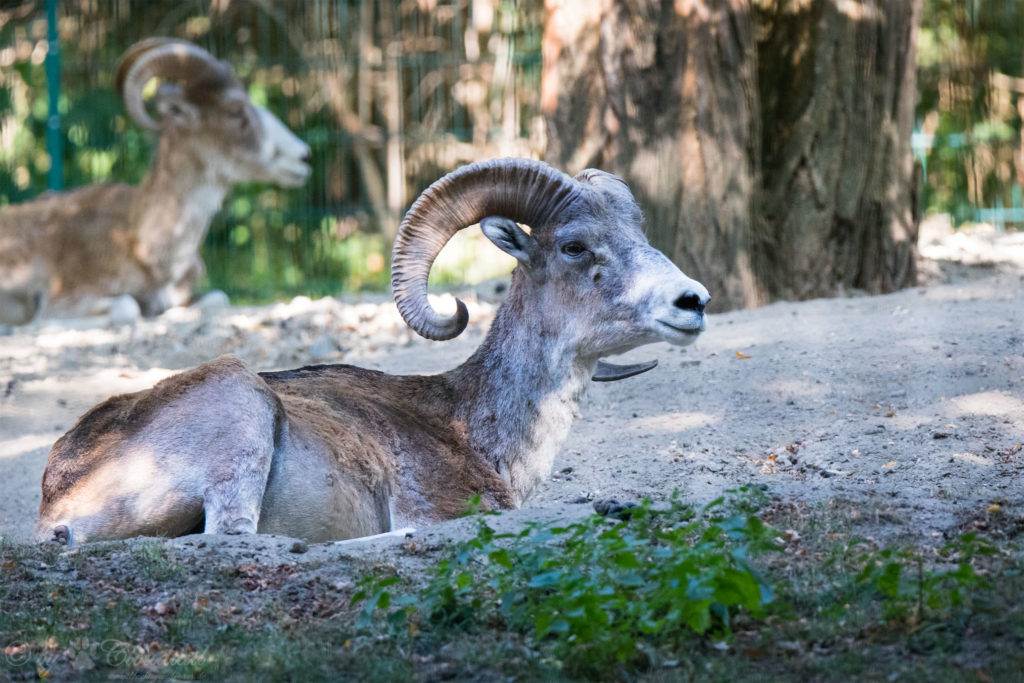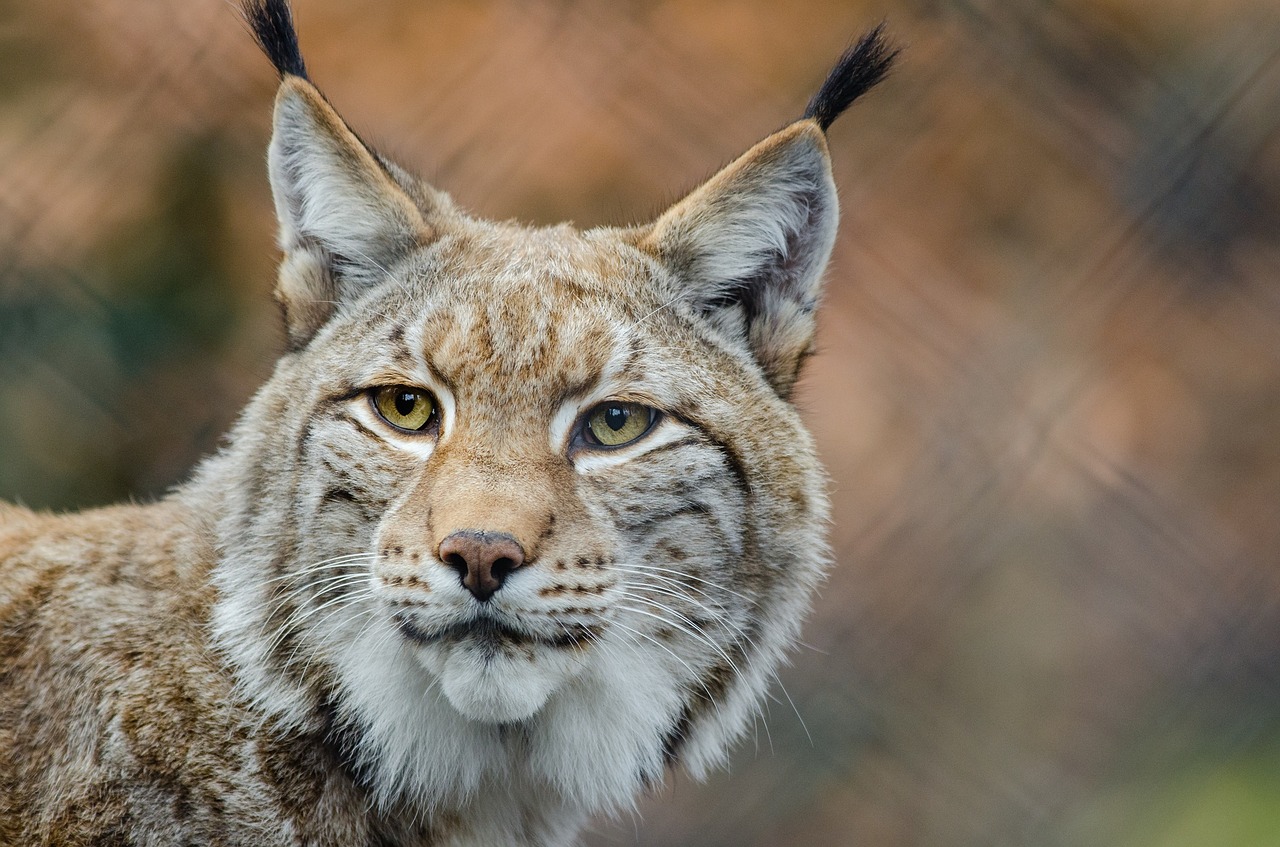Afghanistan is home to a myriad of animal species, including more than 100 different types of mammal. From snow leopards to Marco Polo sheep, here are some of Afghanistan’s wildlife and the regions they inhabit.
Lynx
The Eurasian lynx is a medium-sized feline that inhabits temperate forests of Afghanistan, living in altitudes of up to 5,500 meters. The lynx is widely distributed throughout Europe and Asia, with an estimated 10,000 individuals left in the wild.
In Central Asia, lynx are found in Afghanistan, Tajikistan, Turkmenistan, Kazakhstan, Kyrgyzstan, China, Mongolia, Nepal, India and Pakistan. Lynx fossils also have been excavated in the Japanese archipelago.
Eurasian otter

The Eurasian otter is a protected species in Afghanistan. Also known as the Old World otter, common otter, or European otter, this semiaquatic mammal is indigenous to parts of Asia and Europe.
Commonly found in coasts and waterways, the Eurasian otter mainly eats fish. Eurasian otters can be extremely territorial. They are considered endangered in some regions, though in others, numbers appear to be recovering.
In winter months, the otters sometimes turn to other food sources. Eurasian otters have been known to eat crustaceans, amphibians, insects, birds, small mammals, and even juvenile beavers.
Asiatic black bear
This medium-sized bear species is characterized by its white chest. Indigenous to regions of Asia, the species is listed by the International Union for Conservation of Nature as vulnerable.
Asiatic black bears are excellent climbers, and sometimes nest in trees. Every fall, they prepare a den for hibernation, where they remain until the following spring. These dens may be made in holes in the ground, caves, hollow logs, or trees.
Markhor
The markhor is a goat species with very large, corkscrew-shaped horns.
In Afghanistan, the species is found in the mountainous forests of Nuristan and Laghman. The name markhor comes from the Persian mâr meaning serpent, and khor meaning eater, since in ancient folklore the goat species was reputed to kill and eat snakes.
Markhor measure up to 115 centimeters in height and weigh up to 110 kilograms. They are specially adapted to the mountain terrain, growing a thicker, longer coat to keep them warm in the depths of winter.
Long-tailed marmot
The long-tailed marmot is indigenous to Afghanistan, Tajikistan, Uzbekistan, Kazakhstan, Pakistan, India, and China. This large, sturdy rodent has a body length of up to 80 centimeters and can weigh up to 9 kilograms.
Long-tailed marmots form monogamous relationships and live in communities with up to seven adults. The marmots live in burrow systems, hibernating in September and emerging in April or May.
Geoffroy’s bat
This medium-sized bat species has long, woolly fur, and feeds primarily on flies and spiders. Geoffroy’s bat typically inhabits Afghanistan’s grassland and scrubland regions, although it is sometimes found in plantations. These bats often roost in manmade buildings or underground.
Marco Polo sheep

Named after the famous Italian explorer, the Marco Polo sheep is a subspecies of the argali breed. They populate mountainous regions throughout Central Asia. Marco Polo sheep are characterized by their impressive, spiral-shaped horns, which can measure up to 140 cm, making them the longest horns of any sheep species.
The majority of Marco Polo sheep live in the Pamir Mountain region, near the borderlands of Afghanistan, Kyrgyzstan, Tajikistan, China, and Pakistan. They survive at elevations of up to 4,800 meters above sea level and generally live in flocks as large as a few dozen.
Snow leopard
Afghanistan’s mountainous regions are estimated to be home to around 200 adult snow leopards today. Despite being notoriously elusive, the snow leopard is listed as vulnerable in the IUCN Red List. Conservationists estimate the global snow leopard population is less than 10,000 today, a figure predicted to decline.
Snow leopards are indigenous to the Badakhshan Province’s Wakhan District, in eastern Afghanistan. Their characteristic thick fur coat protects them from harsh winters at high altitudes. Snow leopards are solitary animals that are most active at dawn and dusk.
Although the leopards are carnivorous and are accomplished hunters, there are only two recorded instances of snow leopard attacks on humans.
Pallas’ cat
This species of wildcat is much smaller than the snow leopard or lynx. It inhabits the grasslands and high-altitude steppes of Afghanistan and is classified on the IUCN Red List as Near Threatened.
With a body length of up to 65 centimeters and weighing up to 4.5 kilograms, the Pallas’ cat is around the same size as a domestic cat. It is a stocky feline, with long, dense fur.
Pallas’ cats are extremely solitary. They feed primarily on small animals like voles, pikas, and gerbils, and sometimes young marmots.
The Pallas’ cat has been legally protected in Afghanistan since 2009, with hunting and trade in the animal illegal throughout the country.

